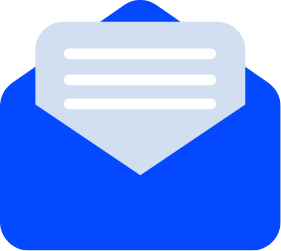


A great employee rewards package increases job satisfaction and performance, which helps HR leaders attract and retain the best talent. But many employees don’t understand what is in their rewards package, nor how valuable it really is.
Research by Voya Financial finds that 35 percent of employees don’t fully understand their employee benefits. Among millennial employees, that figure rises to 54 percent.
That’s a problem. When employees don’t understand the value of their total reward package, they can become unmotivated and disengaged. Some may even move jobs for little to no real increase in total reward.
If you want to retain talent and motivate employees, helping them to understand their rewards package is paramount. Start today using these three strategies.
The easiest way to help employees understand their rewards packages is to lay it all out before them. That’s what a total reward statement does.
A total reward statement is a personal statement for each employee that clearly communicates the complete value of their rewards package. It highlights salary and other forms of monetary remuneration like bonuses, as well as the value of healthcare, vacation time and other benefits.
By helping employees understand exactly what they receive in addition to their salaries, a total reward statement can make employees feel more valued and be more engaged at work. The reward statement should also reduce the number of rewards-related queries your HR team receives, and help you address concerns during leaner times, such as when the company has to announce a pay freeze.

A surprisingly large percentage of employers still use analog tools when communicating reward packages with employees. According to Aon’s Benefits and Trends Survey 2020, about one in six of companies (16 percent) use paper.
Unfortunately, paper isn’t the best medium for communicating something that gets updated as regularly as a rewards package. A simple change in the wording of a health insurance policy can force your HR department to carry out the laborious task of editing and printing out thousands of new paper rewards statements.
A digital version of your total reward statement, by contrast, can be accessed by anyone at any time. Digitization will make the rewards statement easier for your HR team to update and easier for your employees to find when they need it.
One word of advice on total reward statements: Make them easy to understand.
The more benefits you offer, the more important it is to effectively communicate your total reward package clearly. That’s why companies need to make any statement, digital or otherwise, as easy to understand as possible.
Breaking your rewards statement into different categories is a good place to start. Categories could include compensation, health benefits, work-life benefits, and learning and development.
Once your total reward statements are available digitally, commit to an ongoing communication strategy that keeps total reward at the front of your employees’ minds.
There are several strategies you can use to do this. They include:
Another strategy is to create benefit champions, says Dana Baker, director of the Mayo Clinic’s Complex Care Program. These are employees, not HR staff, who regularly share information on company rewards. “Create benefit champions, and ensure that the benefits communication that needs to go out goes to them first,” Baker writes. “So when they’re asked a question they know the answer or know where to tell someone to go for the question.”
Try multiple methods to see what works. By trying several, you’ll see which form of communication receives the most engagement. This will give you an idea of which parts of your rewards package are best received — and which need further clarification.
Images by: bruce mars, Towfiqu barbhuiya
